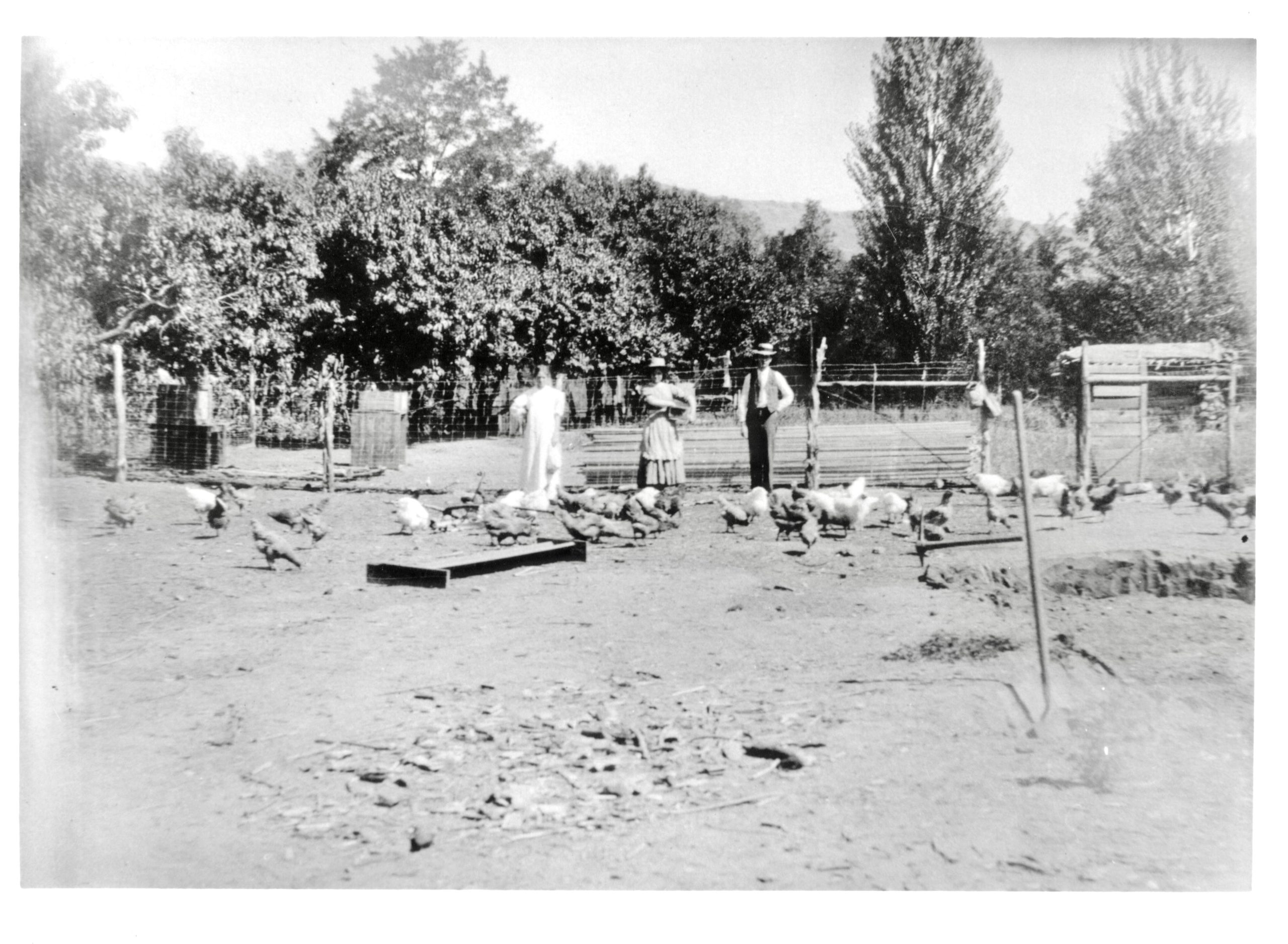Some information may be outdated.
Thanks to its remote and geographically isolated location, Moab has long been a place of creativity, self-reliance, and spirit. Today, tons of food imported from elsewhere can be found at Moab’s stores and restaurants. However, a hundred or more years ago, settlers living in the Moab Valley didn’t have access to lots of fresh, imported food staples. Moabites produced much of their own fresh food: sometimes through large agricultural operations, but commonly on a small scale.

A century ago, Grand County families would have been closely involved with the production of their own food in their own backyards. Kitchen gardens or small household plots dedicated to vegetables and herbs were common, and many families would have also kept a dairy cow for milking and a flock of hens to provide eggs and meat.

Photos, historical objects and recorded oral histories in the Moab Museum’s Collection all show the legacy of this small-scale agriculture. Numerous household gardening, food processing and food preservation implements can be found in the museum’s collection, and longtime Moabites reference activities like picking peaches and raising heifers as formative childhood memories in oral history records. Photographs transport viewers today back to a time when the town’s food traditions looked starkly different than today, providing a window into cultural changes over time.
The Moab Museum is dedicated to sharing stories of the natural and human history of the Moab area. To explore more of Moab’s stories and artifacts, find out about upcoming programs, and become a Member, visit www.moabmuseum.org.
Appreciate the coverage? Help keep local news alive.
Chip in to support the Moab Sun News.





